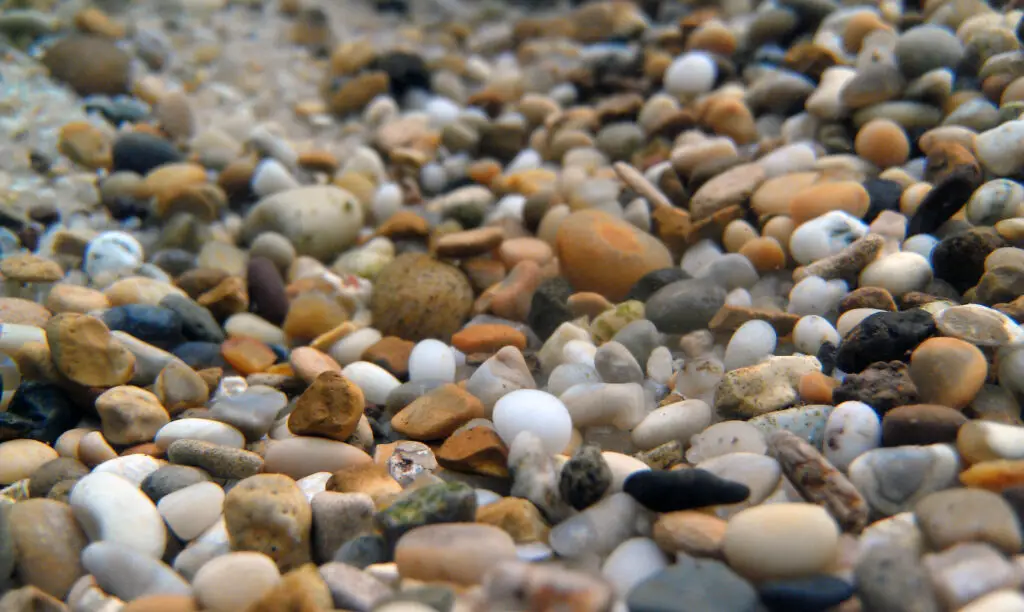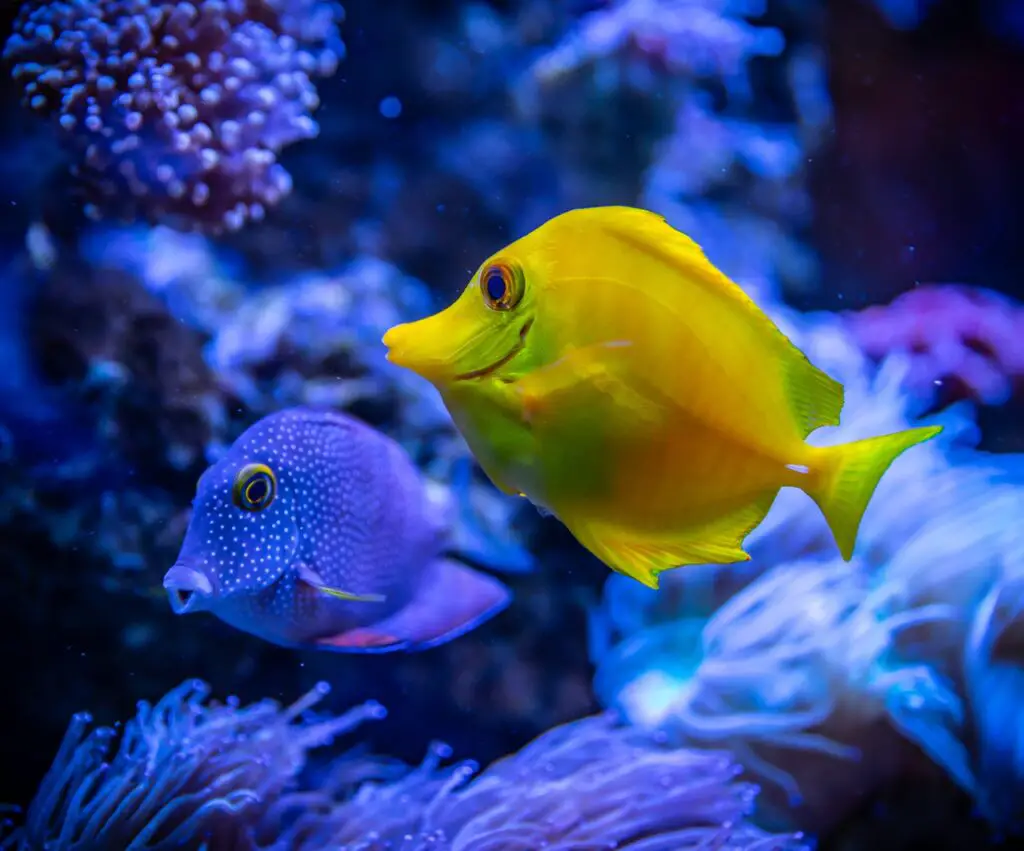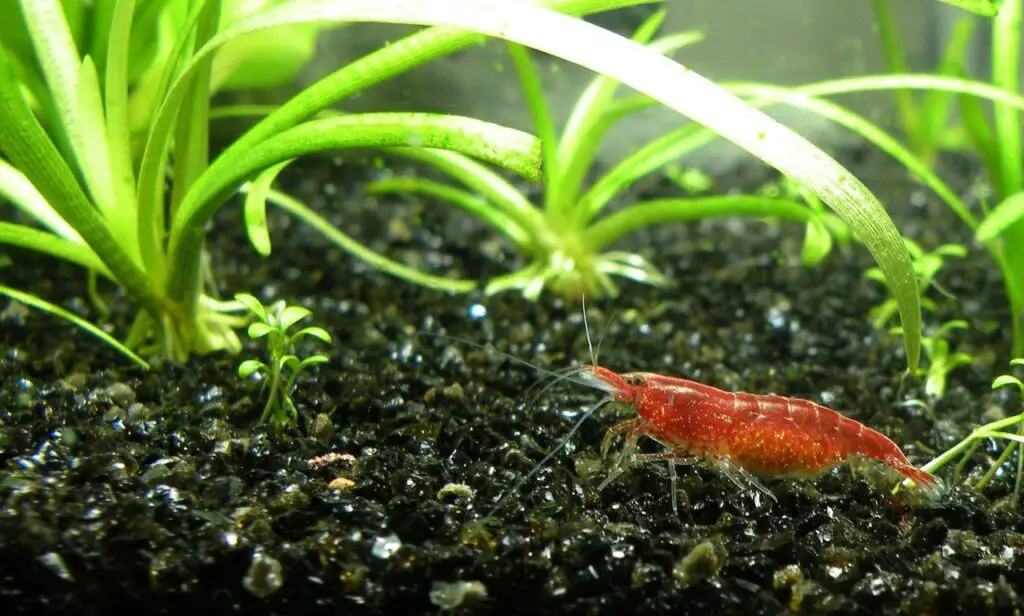If you’re new to aquarium plants in a freshwater tank, you’ve likely come across the term “plant substrate for aquariums.” But what exactly is it and why is it important for thriving aquatic plants?
In this comprehensive guide, we will delve into the world of plant substrates, explore the best options available, and provide expert advice on how to choose the ideal substrate for your aquarium plants.
Why Do Aquarium Plants Need Substrate?
Just like plants on land, aquatic plants require proper soil and nutrients to survive and thrive. Planted aquarium substrates mimic the soil or ground that submerged plants need to obtain essential nutrients.
If you wish to create your own underwater garden, a well-chosen substrate is vital. While floating plants can survive without substrate, if you want to encourage root growth and optimal plant health, a quality substrate is essential.
Top Picks for Plant Substrates
Let’s explore some of the best plant substrates available in the market today:
1. CaribSea Eco-Complete Planted Aquarium
CaribSea Eco-Complete Planted Aquarium substrate is a top choice for many aquarists. It is available in both black and red variants and contains a plethora of essential nutrients that plants love.
This eco-friendly substrate does not contain any compounds that can promote algae growth and has a neutral balance. It is packed with vital elements such as calcium and iron, and best of all, it comes pre-rinsed and ready to use.
2. Seachem Flourite
Seachem Flourite is another popular substrate known for its iron-rich composition. It can be used on its own or mixed with other types of aquatic gravel to customize the appearance of your tank.
This substrate maintains a neutral pH balance and is especially suitable if you want to increase iron levels in your aquarium without disturbing the pH.
3. API First Layer Pure Laterite
API First Layer Pure Laterite is not technically a substrate but a type of natural clay known as laterite.
It provides an excellent foundation for water plants and is safe and simple to set up. This brand is formulated to be safe for tropical fish, making it harmless to use alongside your aquatic creatures.
4. Fluval Plant and Shrimp Stratum
Fluval Plant and Shrimp Stratum is a porous substrate that is ideal for planted tanks. It does not alter the pH significantly and is suitable for most freshwater aquariums.
This substrate not only provides the necessary nutrients for plant growth but also creates hiding places for growing shrimp.
5. Activ-Flora Lake Gems for Aquarium
Activ-Flora Lake Gems are popular for giving aquariums an authentic “seabed look” while providing essential trace elements and nutrients for aquatic plants. This substrate keeps the water neutral and contains iron, promoting healthy plant growth.
Choosing the Right Substrate for Your Aquarium
When selecting a substrate for your aquarium, there are a few important factors to consider:
1. Compatibility with Plant and Fish Species
Different species of plants and fish have varying substrate preferences. Some substrates may contain gravel, which can be harmful to certain fish species that are prone to ingestion.
Look for substrates designed to have no adverse effects on the pH level or hardness of your tank water. The ideal substrate should act as nutrient-rich soil for your plants while ensuring the well-being of your aquatic creatures.
2. pH and Hardness Stability
Maintaining a stable pH and water hardness level is crucial for the health of your aquarium inhabitants. Look for a substrate mix that has been thoroughly tested and proven not to alter these properties.
Avoid substrates that contain acidity-boosting coral or alkaline components, as they may stimulate algae growth or disrupt the natural balance of the tank.
3. Expert Advice and Research
If you are unsure which substrate is best for your specific plants and fish, seek advice from your local aquarium store expert. They can provide valuable insights based on their experience and knowledge.
Consider the specific needs of your plants and fish, and don’t hesitate to rely on the expertise of those familiar with different substrates.
4. Mixing Substrates
Mixing substrates can be done in some cases, but it is important to understand the potential risks. While some experts and tank owners advocate for mixing substrates, it is best to research and consult multiple sources before proceeding.
Ideally, opt for a comprehensive planted tank substrate that provides all the necessary nutrients for your aquatic plants.
5. Gravel and Sand Considerations
Gravel is commonly used in aquariums, but it may not always be the best choice for planted tanks. Fish that accidentally ingest gravel can experience stress or even choke on it.
Sand, on the other hand, should not be placed on top of gravel as it can cause the gravel to rise and settle at the bottom of the tank.
If you want to use a combination of gravel and sand, consider using a landscaping or substrate system to prevent mixing and potential issues with filters.
6. Substrate Replacement
The frequency of substrate replacement depends on the type of substrate used and the specific needs of your aquarium. High pH levels may require more frequent substrate changes, while a neutral balance typically demands less maintenance.
Regular cleaning and maintenance are necessary to ensure the overall health of your tank and to provide additional nutrients to your plants when required.
Conclusion
Choosing the right plant substrate for your aquarium is essential for promoting healthy plant growth and maintaining the well-being of your aquatic creatures.
Consider the compatibility with your plant and fish species, pH and hardness stability, and seek expert advice when needed. With the right substrate in place, you can create a thriving underwater garden that will bring joy and beauty to your aquarium.
Frequently Asked Questions (FAQ)
Here are the answers to some commonly asked questions about aquarium plant substrates:
1. Do aquarium plants require special substrate?
Ideally, aquarium plants require a substrate that provides a neutral pH, ample nutrients, and promotes healthy plant growth.
Specialized plant substrates are designed specifically for the needs of aquatic plants, offering a nutrient-rich environment. While it is possible to use other substrates like gravel or sand, they may not provide the optimal conditions for plant growth.
2. Can you plant aquarium plants in gravel?
Yes, it is possible to plant aquarium plants in gravel. However, there are a few considerations to keep in mind. Gravel can be harmful to certain fish species that may ingest it, leading to stress or choking.
Additionally, gravel may not provide the necessary nutrients for optimal plant growth. If using gravel, it is essential to supplement with root tabs or liquid fertilizers to ensure plants receive adequate nutrition.
3. Can you mix gravel and plant substrate in an aquarium?
Yes, it is possible to mix gravel and plant substrate in an aquarium. However, it is crucial to choose compatible substrates and ensure that the mixture does not pose a risk to the inhabitants of the tank.
Mixing substrates can offer a visually appealing look while providing the necessary nutrients for plant growth. However, it is recommended to research and seek advice from experts before attempting this.
4. Should sand be placed on top of gravel in a fish tank?
It is not advisable to place sand directly on top of gravel in a fish tank. This can result in the sand sinking and settling beneath the gravel, creating an unstable substrate.
If you prefer a combination of sand and gravel, consider using a substrate divider or a substrate system to keep them separate and maintain stability in the tank.
5. How often should aquarium substrate be changed?
The frequency of substrate changes depends on various factors, including the type of substrate used, the health of the tank, and the needs of the plants and fish. Generally, if you have a neutral pH balance and a well-maintained tank, substrate changes may not be necessary.
However, if there is a need to provide additional nutrients to the plants or adjust the pH levels, you may consider changing the substrate accordingly. Regular cleaning and maintenance are essential regardless of whether substrate changes are needed or not.
Remember, it is always best to research specific substrates, consult with experts, and monitor the health of your aquarium to determine the need for substrate changes.



